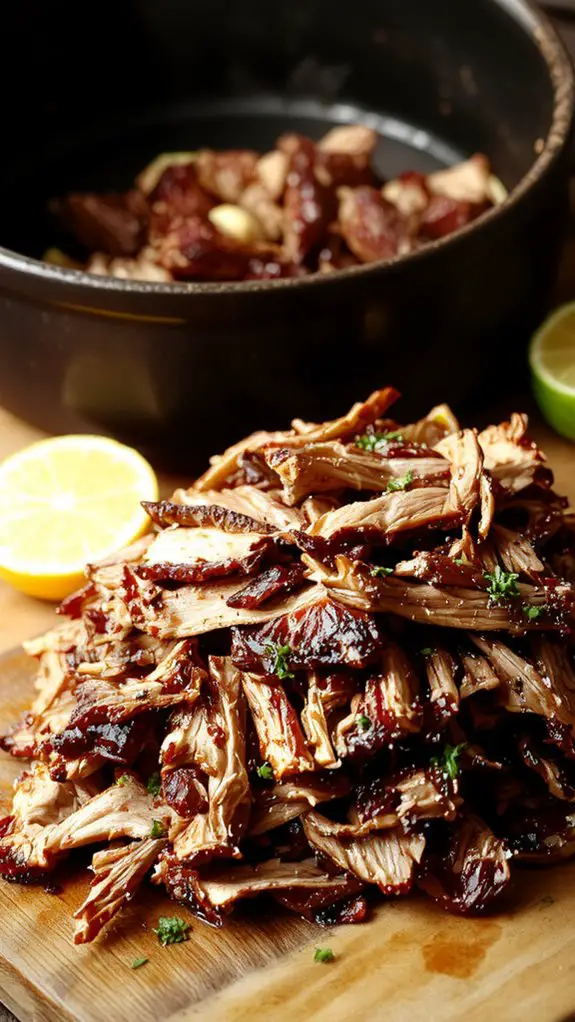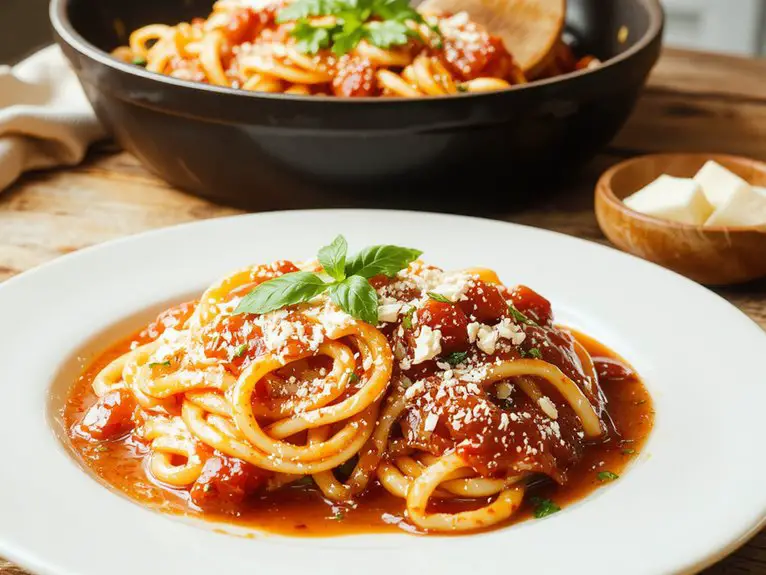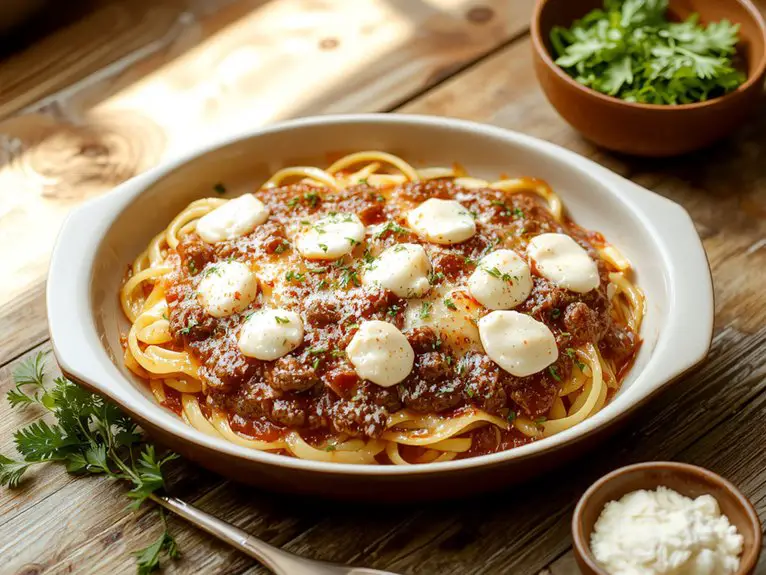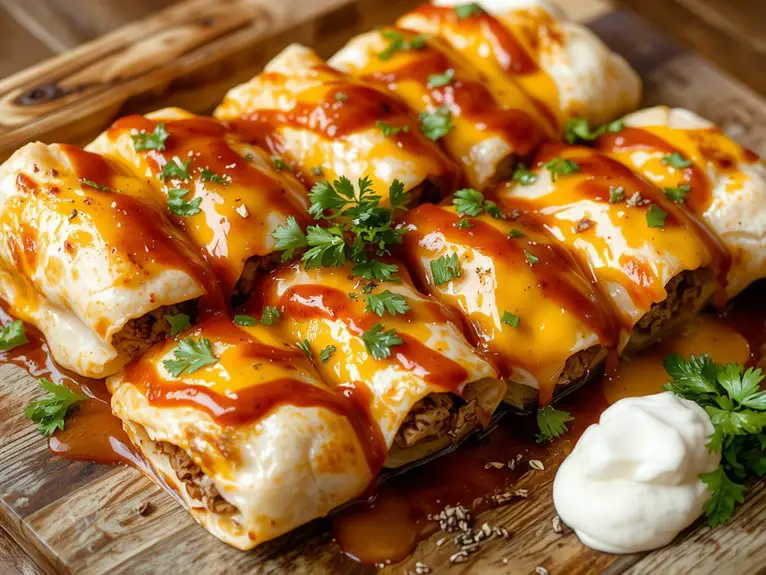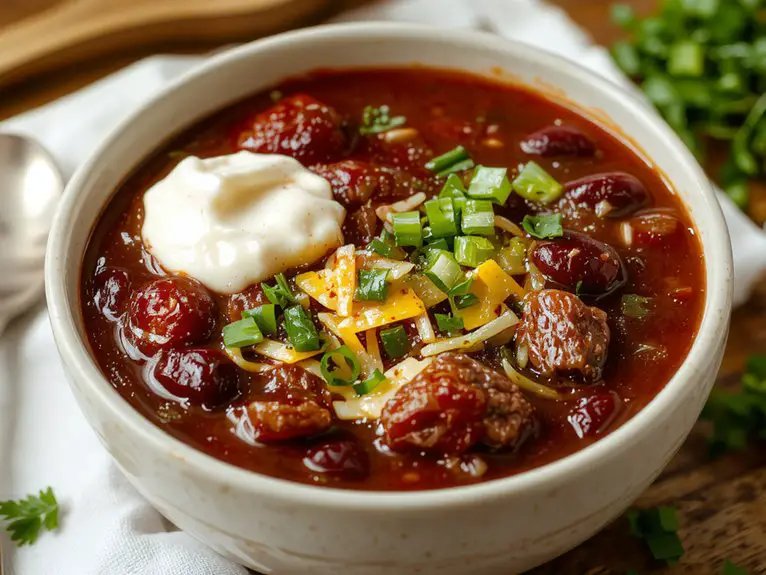Recipe
This carnitas recipe is hands-down the best you’ll ever make at home—crispy, tender, and bursting with flavor. The secret? Simmering pork shoulder in a mix of citrus and spices until it’s fall-apart tender, then finishing it under the broiler for that irresistible crispy edge.
It’s the kind of dish that fills your kitchen with mouthwatering aromas and leaves everyone hovering around the table, ready to dig in. Whether you’re stuffing it into tacos, topping a burrito bowl, or just eating it straight from the pan, this carnitas is a game-changer.
Trust me, once you try this, you’ll never go back to store-bought versions. Let’s get cooking!
Ingredients
Crafting the perfect carnitas starts with selecting the right ingredients. Always opt for pork shoulder (also known as Boston butt) as it’s marbled with fat, ensuring tender, juicy results. Don’t shy away from the fat—it’s what makes carnitas so flavorful.
Here’s what you’ll need to make this dish shine:
- Pork Shoulder (3-4 pounds): The star of the show. Its fat content keeps the meat moist during the long cooking process.
- Lard or Neutral Oil (¼ cup): Renders the pork and crisps it up beautifully. If you want authenticity, use lard—it’s worth it.
- Orange Juice (½ cup): Adds a subtle sweetness and acidity. Freshly squeezed is best, but store-bought works in a pinch.
- Lime Juice (2 tablespoons): Brightens the dish and balances the richness.
- Onion (1 medium, quartered): Infuses the meat with savory depth.
- Garlic (4 cloves, smashed): Essential for that aromatic backbone.
- Bay Leaves (2): Adds a subtle herbal note.
- Cumin (1 tablespoon): Warm, earthy flavor that complements the pork perfectly.
- Oregano (1 teaspoon): Dried works fine, but Mexican oregano is ideal if you can find it.
- Salt (1 tablespoon): Enhances all the flavors.
- Cinnamon Stick (1): A secret weapon for a hint of warmth and complexity.
Pro tips: If you’re out of lard, use avocado oil or another high-smoke-point oil. Skip the cinnamon if it’s not your thing, but it truly elevates the dish.
For a smoky twist, toss in a dried chipotle pepper. Garnish with cilantro, diced onions, and a squeeze of lime for a fresh finish.
How to Make the Best Slow-Cooked Pork Carnitas
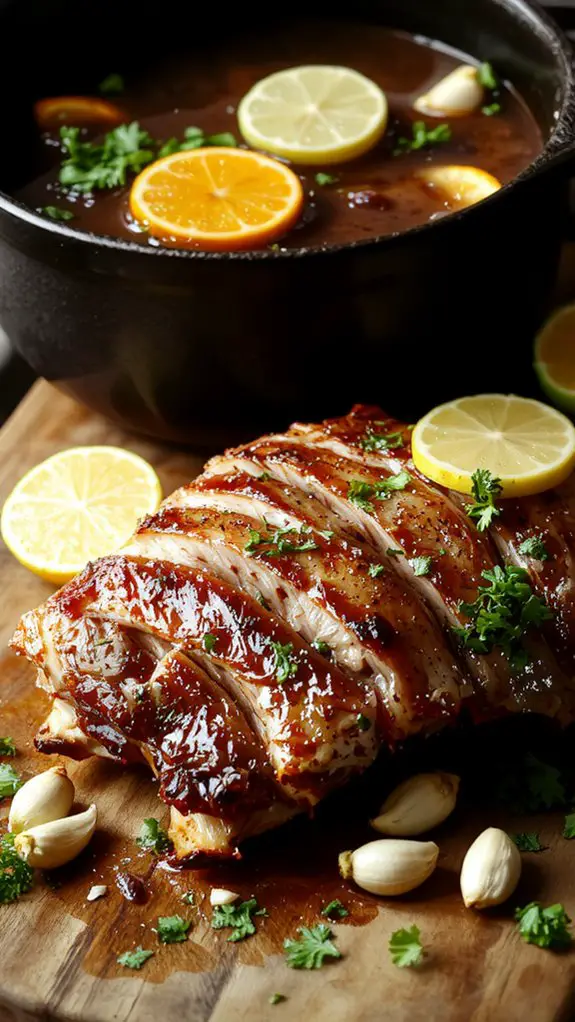
– Trim and season the pork shoulder: Cut excess fat (leave some for flavor) and rub generously with salt, pepper, and spices. This guarantees deep flavor penetration and a crispy exterior after cooking.
*Pro tip:* Score the fat cap lightly to help the seasoning seep in.
– Sear the pork in batches: Brown all sides in a hot Dutch oven or skillet for 3–4 minutes per side. This creates a caramelized crust, adding richness to the final dish.
*Watch out:* Crowding the pan steams the meat—sear in batches for the best browning.
– Deglaze with citrus and broth: Add orange juice, lime juice, and chicken broth to the pot, scraping up browned bits. The acidity tenderizes the meat while infusing brightness.
*Time-saver:* Use bottled juices, but fresh adds superior flavor.
– Slow-cook until fork-tender: Cover and simmer on low heat for 2.5–3 hours (or braise in a 325°F oven).
The pork should shred easily when pressed with a fork.
*Visual cue:* Meat pulls apart effortlessly—overcooking makes it dry.
– Shred and crisp the carnitas: Remove the pork, shred it, then spread on a baking sheet.
Broil for 5–7 minutes until edges are golden and crispy.
*Flexibility:* For extra crispiness, pan-fry portions in their rendered fat.
– Rest before serving: Let carnitas sit for 5 minutes after broiling. This allows juices to redistribute, keeping them moist.
*Pro tip:* Save the cooking liquid to drizzle over tacos for extra flavor.
Nutrition
Carnitas are a flavorful Mexican dish made from slow-cooked pork. Here’s the nutritional breakdown per serving:
| Nutrient | Amount per serving |
|---|---|
| Calories | 320 kcal |
| Protein | 25 g |
| Fat | 22 g |
| Carbohydrates | 2 g |
| Fiber | 0 g |
| Sodium | 450 mg |
Chef Tips
Now that we’ve covered the nutritional side, let’s talk about how to make the best carnitas.
First, use pork shoulder—it’s fatty and stays tender. Slow-cook it in lard for authenticity, then crisp it under the broiler.
Don’t skip the orange juice; it adds brightness. Season generously and let it rest before shredding.
Trust me, these small steps make a huge difference in flavor and texture.
Frequently Asked Questions
Can I Use a Different Meat Instead of Pork?
Yes, you can use a different meat instead of pork. I’ve tried chicken or beef, but they won’t taste the same as carnitas. If you want that authentic flavor, pork works best—it’s tender and gets crispy.
How Do I Store Leftover Carnitas?
I store leftover carnitas in an airtight container and keep them in the fridge for up to four days. If I won’t eat them soon, I freeze them in portions for up to three months.
Can I Freeze Cooked Carnitas?
Yes, I freeze cooked carnitas all the time. I let them cool first, then pack them in airtight containers or freezer bags with a bit of their juices. They’ll stay good for up to 3 months.
What Sides Pair Best With Carnitas?
I love serving carnitas with warm corn tortillas, fresh cilantro, diced onions, and lime wedges. A side of refried beans, Mexican rice, or a tangy slaw balances the rich flavors perfectly. Don’t forget the salsa!
Can I Make Carnitas in an Instant Pot?
Yes, I can make carnitas in an Instant Pot! It’s quicker than traditional methods—I just brown the pork, add seasonings and liquid, then pressure cook for about 45 minutes before finishing under the broiler for crispy edges.

